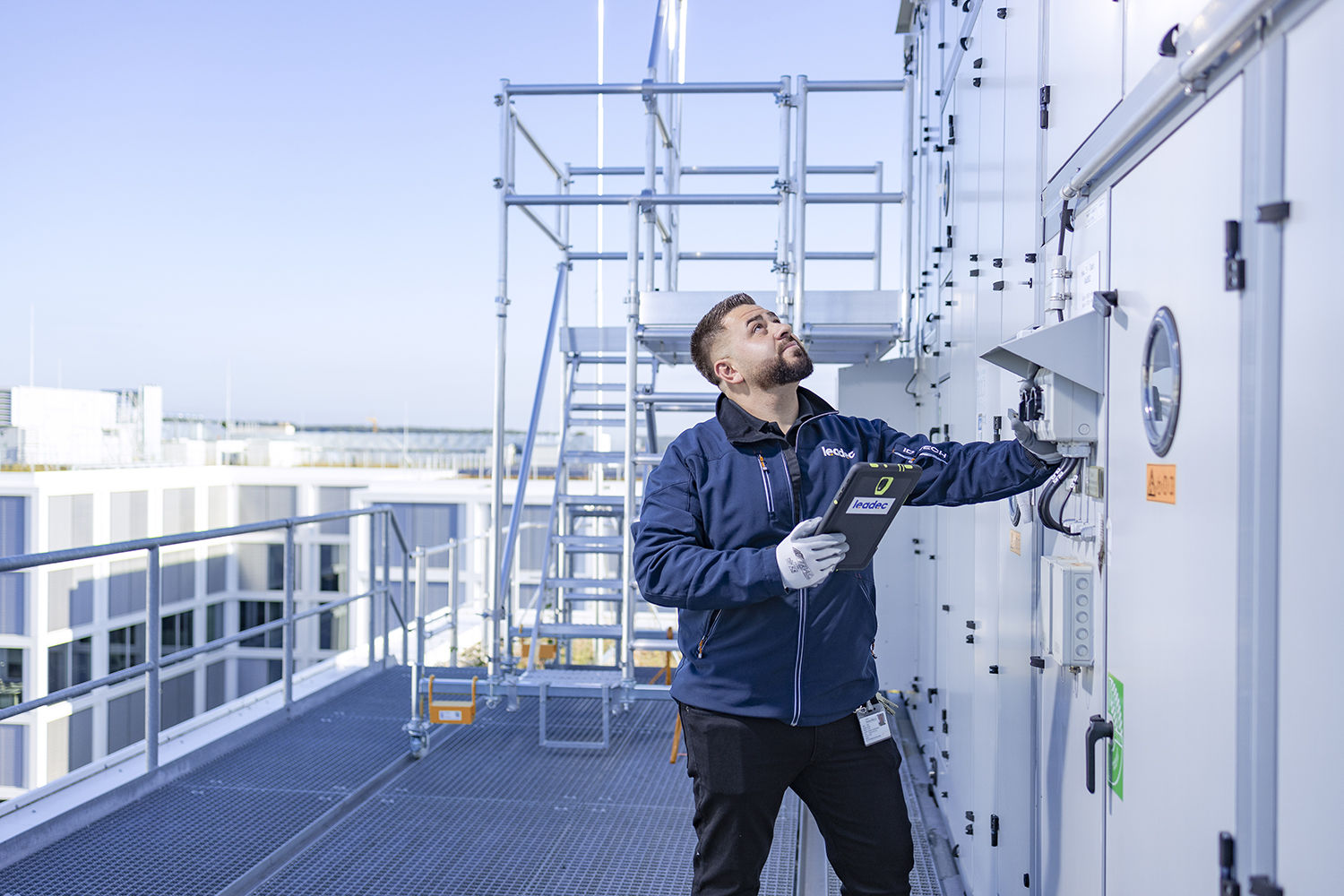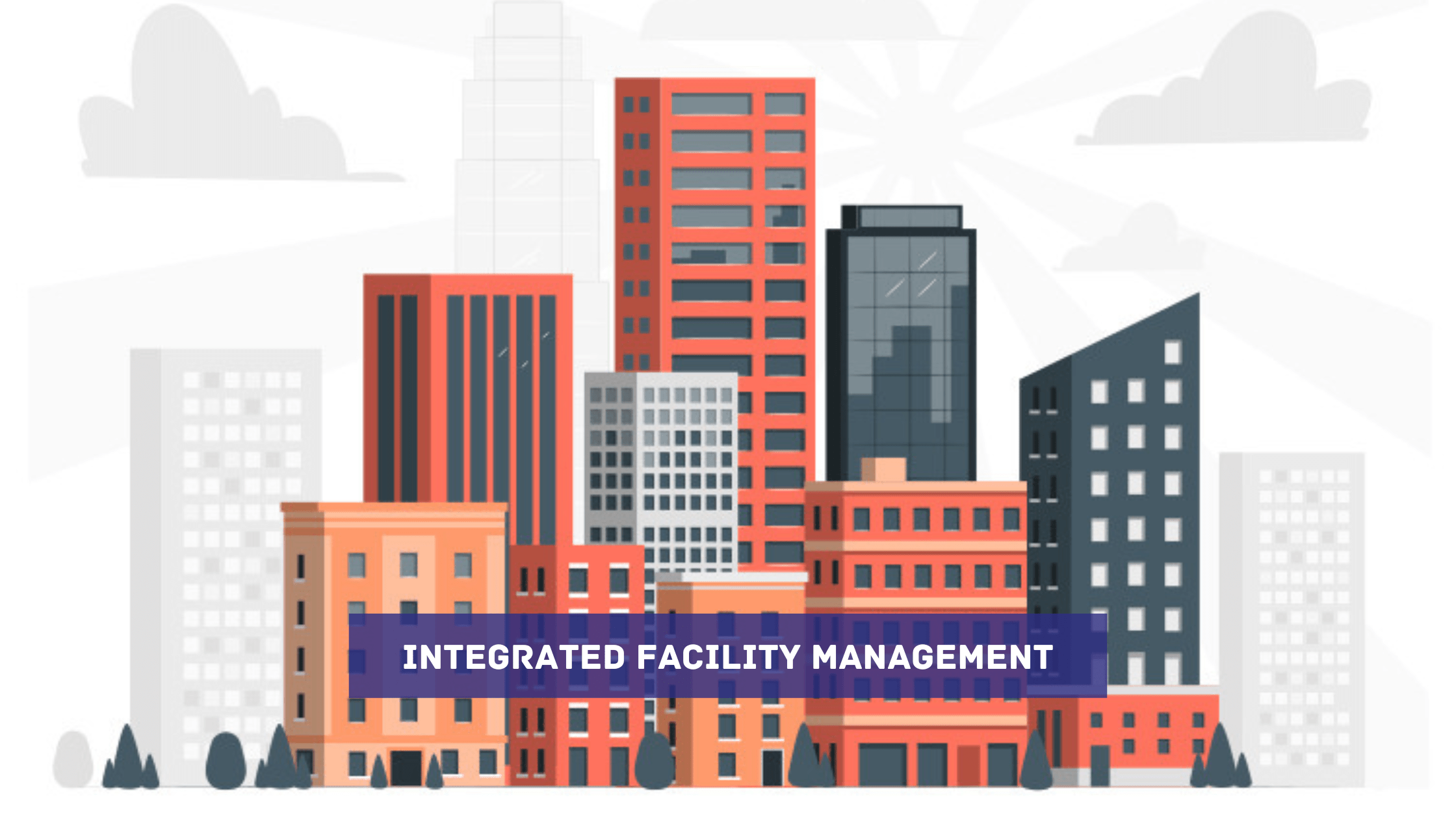The Vital Overview to Center Monitoring: Techniques for Success
Facility management plays a crucial duty in the general success of a company, offering as the foundation that supports productivity, performance, and security. The subtleties of efficient facility management prolong past plain logistics and require an extensive understanding of both qualitative and quantitative metrics.
Comprehending Center Monitoring
What makes up effective center management? Effective facility monitoring incorporates the control of various business features to ensure that developed atmospheres are risk-free, reliable, and favorable to efficiency. Facility Management. It integrates the concepts of service, design, and engineering administration to create a seamless operational circulation within an organization
Key elements of facility monitoring consist of room preparation, maintenance administration, and compliance with health and wellness regulations. Space planning focuses on optimizing using physical sources to sustain business goals, while upkeep administration ensures that facilities are kept in optimal problem, making the most of life expectancy and minimizing functional expenses. Compliance with lawful and regulatory requirements is crucial, as it safeguards the organization against possible responsibilities and enhances its credibility.
Moreover, efficient facility administration relies upon the calculated usage of modern technology, such as Building Administration Solution (BMS) and Computer-Aided Facility Management (CAFM) devices. These modern technologies assist in real-time surveillance of structure systems and simplify maintenance processes. Eventually, an extensive technique to center administration not just promotes operational efficiency yet likewise cultivates a positive atmosphere for employees and visitors alike, driving overall business success.
Key Methods for Optimization
Optimizing facility monitoring calls for a tactical strategy that aligns operational experiment organizational goals. To accomplish this, the very first key approach is the application of incorporated technical options. Utilizing advanced software application systems permits real-time monitoring of center operations, promoting data-driven decision-making and boosting overall effectiveness.
Secondly, regular evaluations of facility efficiency are essential. Carrying out regular assessments and audits enables facility managers to determine locations that require renovation, ensuring that sources are assigned effectively. This positive technique aids in reducing downtime and boosting solution distribution.
An additional essential strategy is promoting partnership across departments. By encouraging open communication in between groups, facility managers can much better align their techniques with organization objectives, bring about enhanced functional harmony. Additionally, engaging team in training programs promotes a society of accountability and improves their capability to contribute to optimization efforts.
Enhancing Safety And Security Procedures
Reinforcing safety procedures is important for creating a secure environment within facilities. An extensive safety protocol not only shields visitors and employees yet additionally enhances operational performance. To accomplish this, center supervisors need to carry out routine danger analyses to ensure and recognize possible hazards that appropriate actions are in location.
Training and education are critical parts of reliable security methods - Facility Management. Employees need to get ongoing training in emergency procedures, devices handling, and personal safety measures. Routine drills, such as fire evacuations or lockdown procedures, foster knowledge and preparedness amongst team
Additionally, clear communication channels have to be developed to report safety issues immediately. This consists of producing an available system for employees to articulate prospective dangers or incidents without anxiety of retribution. In addition, leveraging modern technology can boost precaution; as an example, executing security systems and gain access to controls assists check facility tasks and restrict unauthorized access.
Last but not least, compliance with local guidelines and market requirements is non-negotiable. Normal audits and evaluations of security methods make sure placement with current regulations and finest techniques. By prioritizing these approaches, facility managers can grow a society of security that protects all stakeholders and ultimately adds to the organization's success.
Improving Work Environment Environment

Ergonomic considerations are necessary to minimize physical stress and pain. Facility Management. This here involves providing flexible furniture, appropriate lights, and adequate space for activity. These modifications can result in reduced absenteeism and raised job fulfillment
Visual appeals play a crucial function in forming the office environment. Using color psychology, all-natural lights, and greenery can cultivate a welcoming and boosting environment. Thoughtfully developed rooms can boost imagination and improve total well-being.
Additionally, motivating staff member interaction through inclusive decision-making processes can enhance the sense of ownership and belonging. Gathering responses on workplace improvements and involving staff members in the style process can bring about a much more tailored atmosphere that satisfies their demands.
Lastly, advertising well-being initiatives, such as wellness programs and leisure spaces, can even more contribute to a supportive workplace culture. By concentrating on these methods, center supervisors can successfully boost the workplace setting, driving both worker contentment and organizational success.
Gauging Success in Facilities
Determining success in facility management requires a comprehensive technique that more info evaluates both quantitative and qualitative metrics. Quantitative metrics commonly include vital efficiency indications (KPIs) such as room usage prices, power consumption, maintenance expenses, and tenancy levels. These metrics offer a clear image of operational performance and financial efficiency, enabling facility supervisors to recognize locations for renovation and benchmark against industry standards.
Qualitative metrics, on the various other hand, concentrate on user satisfaction and employee involvement. Surveys and comments systems can evaluate exactly how well the facilities fulfill the demands of passengers, helping to evaluate the total office atmosphere. This facet is critical, as a satisfied labor force is typically linked to increased efficiency and retention rates.
To properly measure success, facility supervisors need to additionally take into consideration incorporating modern technology, such as building management systems and information analytics devices, to collect and analyze appropriate data. Routinely examining both collections of metrics permits an extra well balanced view of performance and notifies calculated read more choices. Inevitably, an effective center management strategy depends upon a dedication to continual enhancement, ensuring that both functional efficiencies and user contentment are prioritized.
Conclusion

Facility administration plays a vital function in the general success of a company, offering as the foundation that supports performance, safety, and productivity.Trick elements of center management consist of area preparation, maintenance management, and compliance with health and wellness and security policies.In addition, reliable facility administration relies on the calculated usage of modern technology, such as Building Administration Systems (BMS) and Computer-Aided Center Management (CAFM) devices. Eventually, a detailed strategy to center monitoring not only advertises operational effectiveness but additionally cultivates a favorable setting for workers and site visitors alike, driving total organizational success.
Inevitably, a successful center management approach hinges on a commitment to continual enhancement, making sure that both functional effectiveness and customer fulfillment are prioritized.